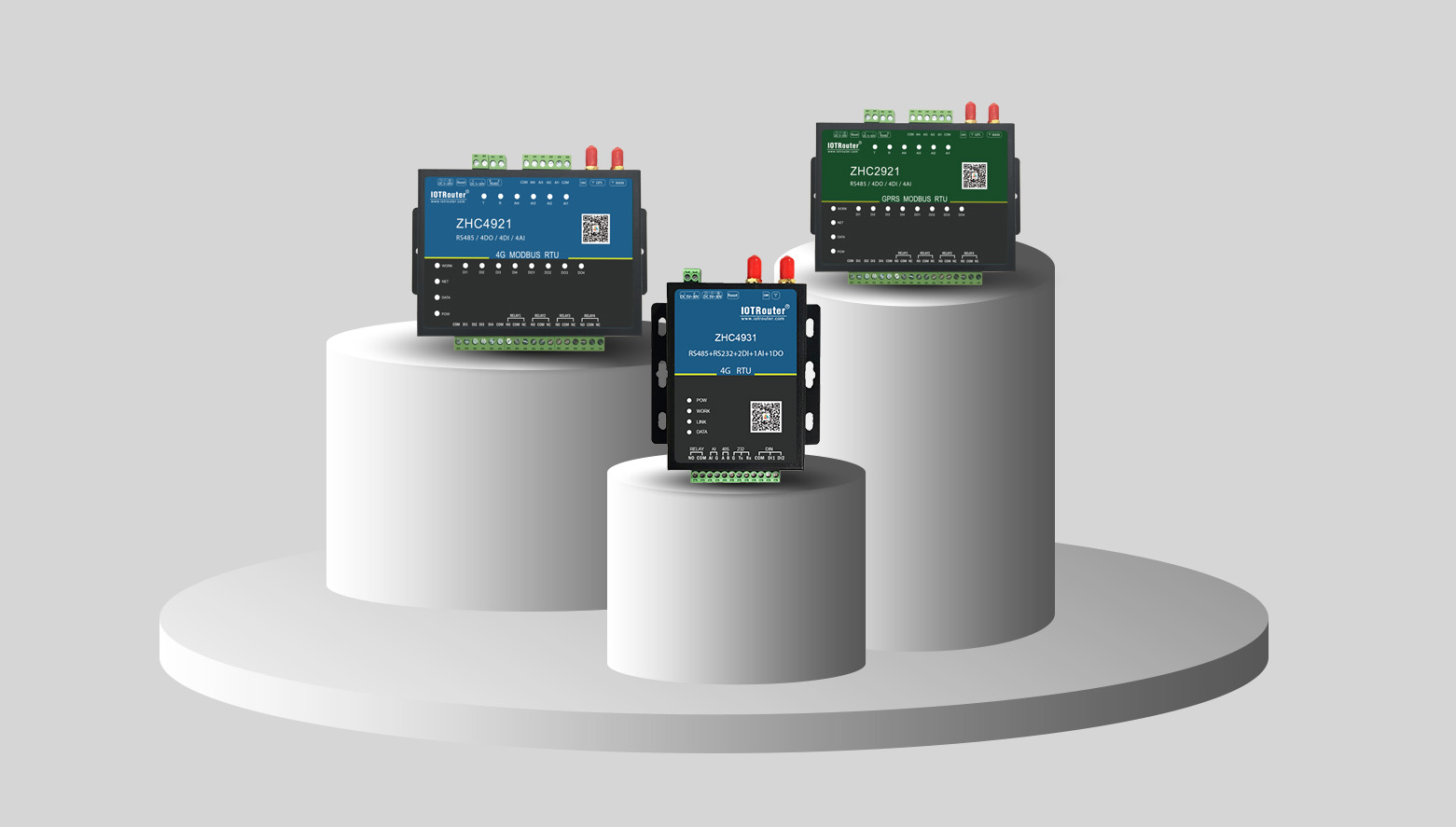The remote measurement and control terminal RTU is an intelligent terminal device that realizes remote data collection, processing, storage, encryption and transmission based on GPRS, 4G, NB-IoT, LoRa and other communication networks.


This series of RTU products adopts advanced low-power technology, with reliable performance and favorable price, making it extremely cost-effective. It is a high-performance measurement and control product that integrates collection and transmission. It realizes the connection of things and human-computer interaction, and is widely used in various IoT application scenarios such as status sensing, facility monitoring, data interaction, and operation control.
RTU product features
1. Remote communication: remote communication with application platforms through GPRS, 4G, NB-IoT, LoRa and other networks.
2. Data collection: Collect output data or signals from sensors, measuring instruments, PLC, etc.
3. Image monitoring: control the on-site camera to take pictures at regular intervals or according to instructions.
4. Equipment control: remotely control the start and stop of the equipment; remotely set the equipment working mode.
5. Status monitoring: Monitor the power supply status, start/stop status, fault status and operating conditions of various equipment.
6. Abnormal alarm: Automatically upload alarm information when data/status is abnormal or equipment fails.
RTU product features
○ The device has rich interfaces and diverse functions, supports logic customization, and opens communication protocols to users.
○ The device supports multiple networking methods such as public network fixed IP, VPN private network, domain name resolution, etc., and supports multi-center reporting.
○ All devices support remote parameter setting, maintenance, and upgrades.
○ Support domestic mainstream configuration software, such as Asia Control, Likong, Advantech Configuration, etc.
○ Provide cloud platform services, users do not need to build their own servers.
○ Provide various industry application software and support docking with other platforms through OPC, database, etc.
○ Support users to develop their own application software.
○ A variety of devices are available to adapt to different application scenarios and installation environments.
○ Support OEM production and customized development according to user needs.